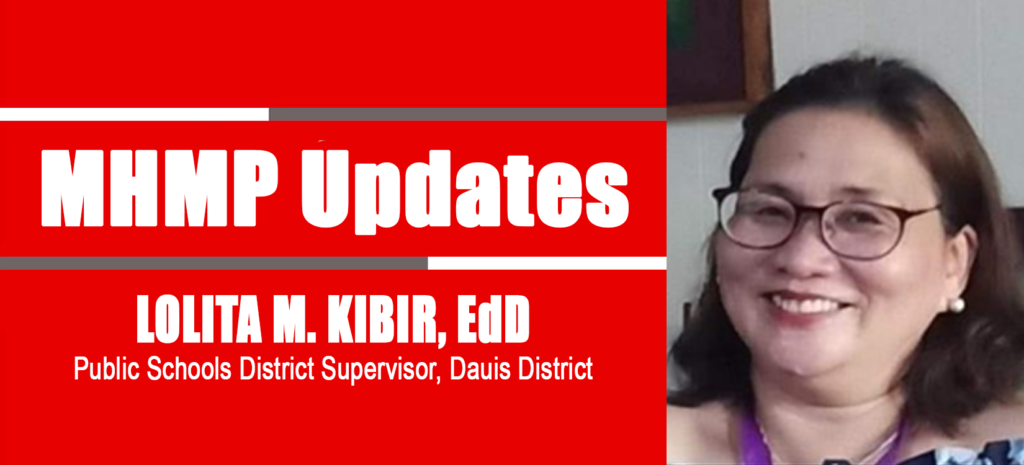
THE field of supervision has perennially struggled to define itself and, hence, find a niche within the larger field of education and, more narrowly, even within the field of instructional leadership. According to McGregor, Instructional Leadership is inducing followers to act toward goals that represent the values of both the leaders and the followers. Thomson says leadership is getting the job done through other people while Bennis and Nonus assert that leadership is involving everyone in pursuing a shared mission.
Instructional Supervision is a dynamic process that involves the systematic study and analysis of the entire teaching-learning situation, utilizing a carefully planned program cooperatively derived from the situation and, which is adapted to the needs of those involved in it. A sort of an odd, almost contradictory state exists, one which precludes, in my opinion, the field of supervision from gaining traction as a field, but also, perhaps more importantly, as an influential practice in schools. (https://doi.org/10.31045/jes.4.3.5),
Supervisors in the Department of Education are expected to support schools/districts/divisions in several areas including school management, monitoring, and evaluation, curriculum development, enrichment, and localization, among others.

However, since supervisors are usually associated with their role to supervise, it has become a misconception for some that they just go around schools to observe and direct school personnel on what to do and what not to do. In addition, as pointed out by Jeffrey Glanz (2022) in his published personal reflections, the word supervision has a traditional and authoritarian connotation to it as it may be perceived as a “super” vision, with the word ‘super’ perceived as hierarchical and non-collegial. (LisQup PNU). Supervisors are thus associated with power over other education personnel. This perception should be changed particularly when it comes to their role in instructional leadership.
Supervision should be viewed and understood within a larger framework of instructional leadership. DepEd has a vision, mission, mandates, and goals to be achieved as planned and mandated. Key performance indicators must be taken into consideration. Efficiency, effectiveness, relevance, and timeliness must also be considered in the delivery of basic education services.

These must be properly monitored and supervised by public school district supervisors at the district level. Challenges vary depending on the peculiar needs of schools, learners, and teachers. Multimodal approaches in learning delivery can be adopted to address various learning situations. As the instructional leader and teacher development in the supervisory process, it
is proposed that the approach of supervision used should change. As professional readiness increases and as the circumstances dictate, the instructional leader should progress in an upward direction on the continuum and facilitate more teacher-directed approaches to supervision. With teacher-directed approaches to supervision, instructional leaders and teachers may experience greater rewards from the supervisory process.
Public school district supervisors as instructional leaders responsible for the supervision of teaching performance with school principals should provide ideas of equal importance to students, teachers, and school principals. This could be made possible by having constant interaction to improve teaching and learning processes.
SDO Bohol is so lucky to be part of the pilot implementors with the systems in place during Project STRIVE (Strengthening the Implementation of Visayas Education). Monitoring and evaluation (M and E) are one of those that paved the way for making adjustments to the implementation of the division’s programs, projects, and activities.

